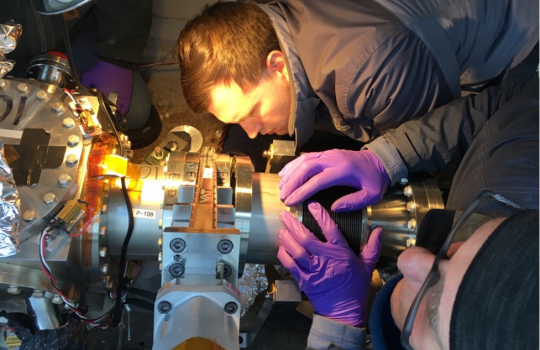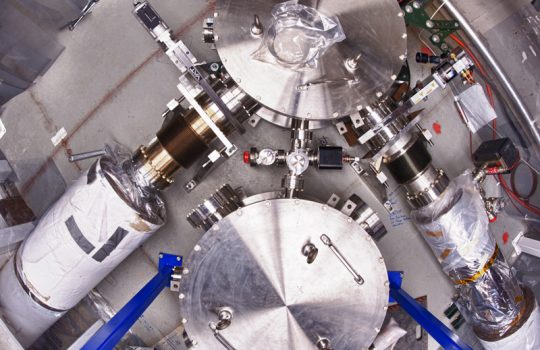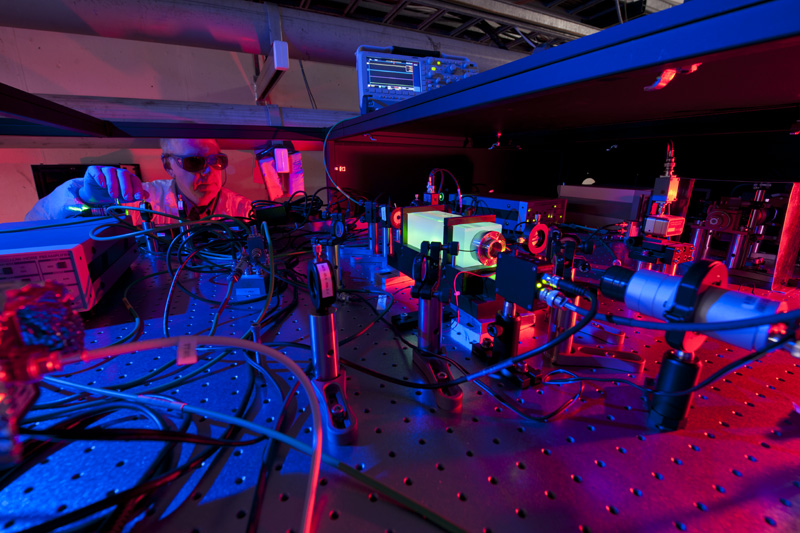A new measurement of quantum spacetime has found nothing going on
From Tech2.org, Feb. 16, 2021: Though the findings from the Holometer mean that, for now, scientists still haven’t found a way to solve general relativity with quantum mechanics, its design and the research it enabled will shape future efforts to prove the intersection of relativity and quantum mechanics at Planck scales.






